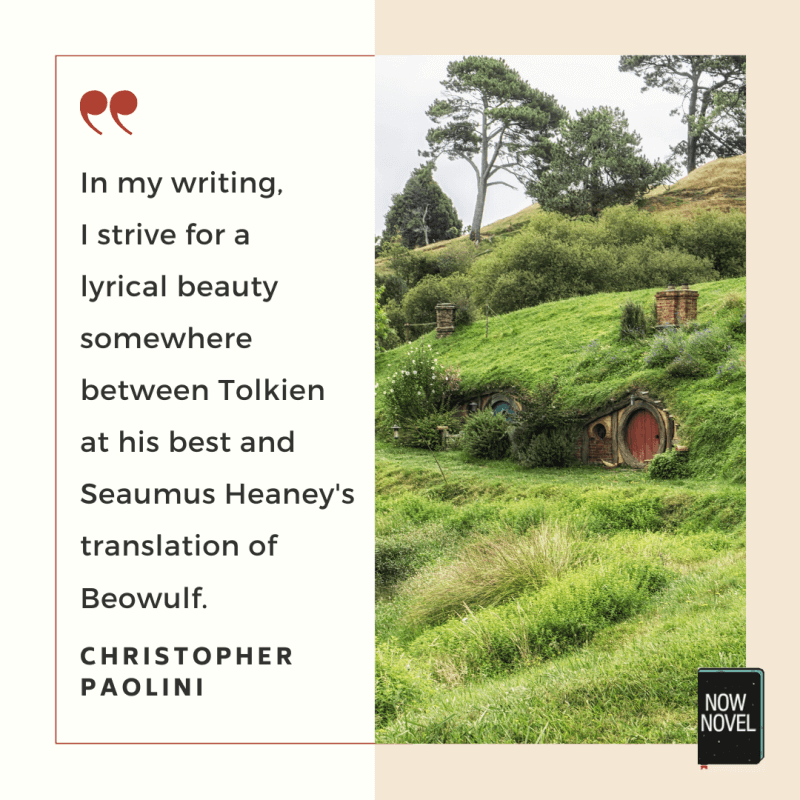
They are fun to listen to and can even be fun to say. Song lyrics are your chance to wax poetic. (Clearly I’ve been listening to too many Beatles songs recently…) “I hugged you tight and you reached for your knife.”Įxample: “Eleanor Rigby” is a great example of a theme like loneliness couched in the personal stories of Eleanor Rigby and Father McKenzie. Now start converting these feelings to imagery. Then clarify again: “After a long relationship, losing the person you trusted and being left with nothing.” So, if you want to write about “betrayal,” try to clarify that concept: “Romantic Betrayal.” My suggestion is to start broadly and work your way more specific. It’s true that people can relate to details that don’t match their own lives, but this is only true up to a point. If you write a song about how your one-eyed girlfriend took your wooden leg and your pet macaw and sailed away, breaking your heart, you’ve got two questions you need to ask yourself: First, are you actually a pirate?! And second, will anyone ever be able to relate to this song in ANY capacity? Trust me – there are WAY too many types of love to fit them all in one song (for proof, check out this list of love songwriting prompt s).īut on the OTHER hand, you can go too far in the opposite direction. On the one hand, you have people who write songs about massive concepts like betrayal or love. If The Beatles can commit to random words and phrases, you can too!Įither way, starting with nonsense words is a surefire way to make a supercalifragilisticexpialidocious song!Įxample: Paul McCartney composed “Yesterday” with the nonsense words “scrambled eggs.” Clearly, The Beatles know their nonsense! Think of songs like The Beatles’ “Come Together” or “I Am the Walrus”. Plus, you might even fall in love with your nonsense lyrics. Once the first few pieces come together, your brain will be used to the song and you’ll have a more intuitive sense of what naturally fits. Once you have the right mouth-feel for the song, you can see if any phrases start jumping out to you. The form doesn’t matter – what matters is to use the words to outline the melody and get a feel for how the song “plays” and sounds.

They can be whole words or simple scatting syllables. One of the best ways to do this is to fill your song with nonsense lyrics. Instead, consider letting the music guide you and let the lyrics come after. Unfortunately, many beginners believe their first draft is their last one! Rather than treating songwriting as the iterative process it is, they try to skip to the finish line. How many times have you written a song completely in one sitting? If it’s more than once or twice, you’re very lucky! Most songwriters have to painstakingly craft their lyrics one line at a time.

But some of them WILL be, and you’ll be able to sift through your book of ideas for those golden nuggets. When you review them, you might think to yourself…Īnd it’s true: not every idea you had on the subway is going to be a 10/10 line.

#Lyrical writing style free
But feel free to keep a physical notepad or small journal with you if that makes you more comfortable.Īfter a while, you’ll have a backlog of ideas to go through. Personally, I have a Google Doc file for all the poetic phrases that come to my mind when I’m exiting the shower or waking up from a dream. Inspiration strikes when you least expect it, and you’d be insane not to want to capture it when it does. If you’ve gotten to this point, you’re already behind! The truth is that many lyricists keep a log of all the ideas that come to them as they go about their lives. You know you need to say something different than what you’ve heard before, but you don’t know where you can find the inspiration. When you’re writing lyrics, sometimes your creative juices run dry.


 0 kommentar(er)
0 kommentar(er)
